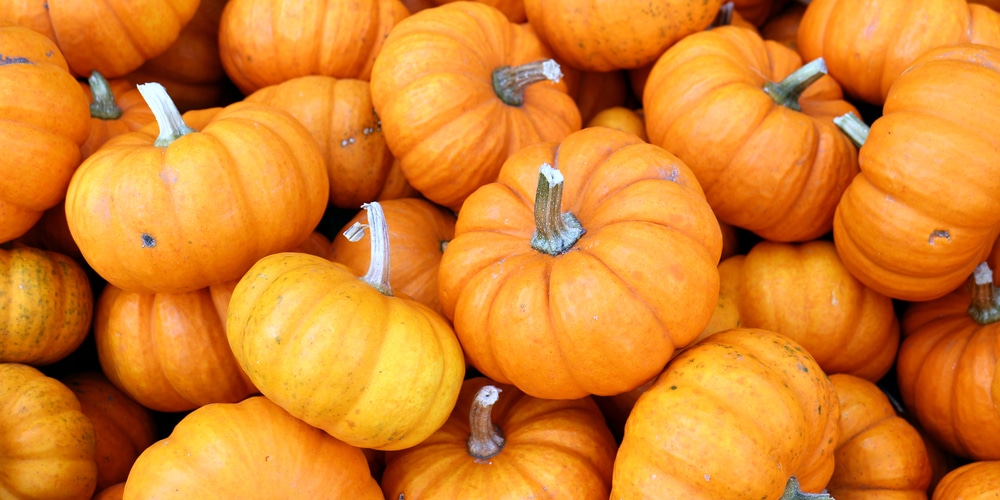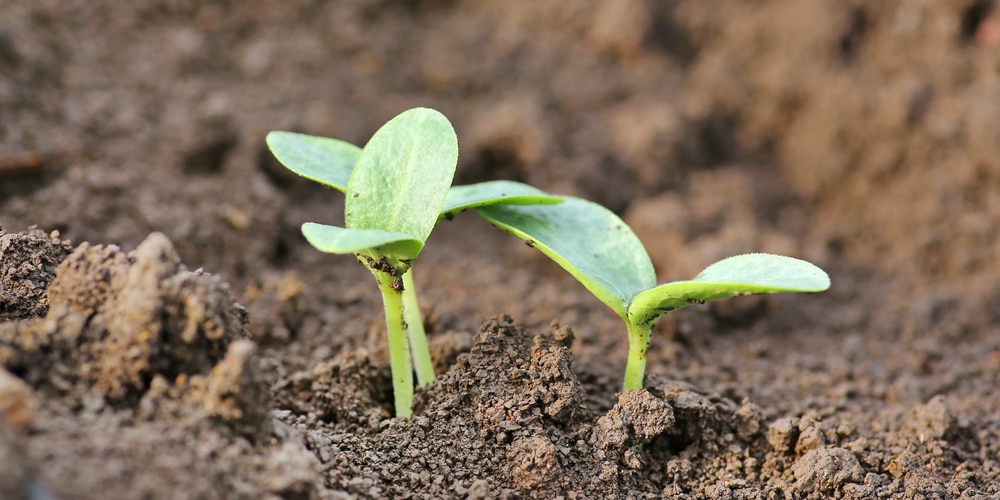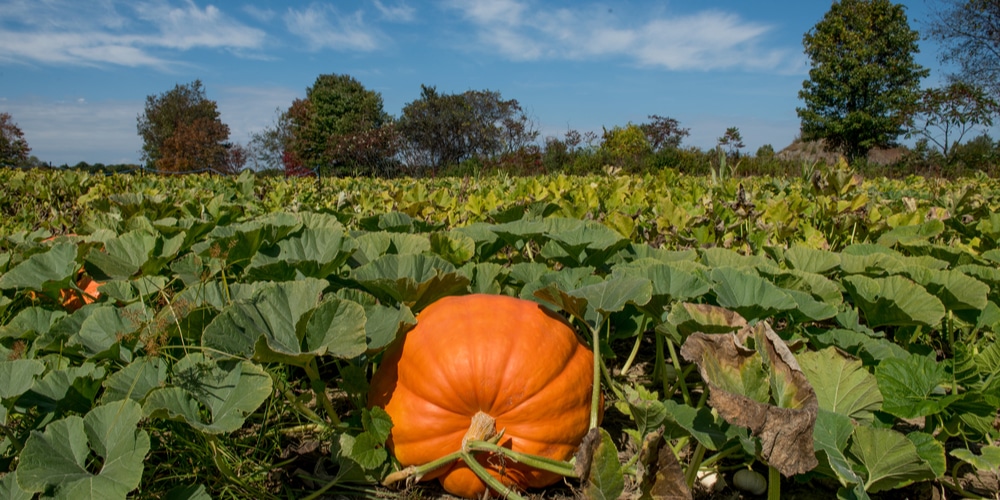Growing pumpkins in your yard or garden is an enjoyable affair. They make for great Halloween decorations and as a nutritious vegetable for soup. The question of when to plant pumpkins in Washington state largely depends on what you intend to use it for.
If you want to harvest it for eating, the best time to plant is 2-3 weeks before the last frost in your area, while a jack-o-lantern pumpkin should be planted once temperatures reach 65 degrees F and above.
When to Plant Pumpkins in Washington State

The timing of pumpkin planting depends on climate temperature.
Pumpkins grow faster in warmer environments than colder ones, so if you want to turn it into a decorative Halloween item then the best time would be mid July in cooler regions and late May in warmer zones.
Pumpkin plants generally require 90 to 120 days to mature from seed and depending on the variety.
You should also take note of the estimated days and plan accordingly. Alternatively, you can grow pumpkin seeds indoors to get a headstart and when planting outside is not viable.
In Washington, you can plant the seeds anywhere between late May to July so it turns into a full-fledged vegetable in the fall season.
Keep in mind though, that the state has a varied USDA hardiness zone that ranges from 4 to 9, with most of the eastern parts falling on the 6 range while the west is mostly 9.
That said, those in zone 9 can wait until late June or July to plant their pumpkin seeds while those in zone 6 can go ahead and start the seeds in late May.
How to Plant Pumpkins in Washington State
Before anything else, gardeners should know that pumpkins require a large area in order to thrive and grow to its maximum potential. As a minimum, you should observe a two square meter spacing for each pumpkin you intend to grow.
Prepare the store-bought seeds or from a fresh pumpkin at a grocery store. Pick the biggest ones and air-dry or put in an envelope and allow to rest for several days.
Then, choose a site for planting that gets full sun and partial shade in the afternoon. Large vines grow up and out, so you’ll need to observe a 5-feet spacing for larger species and three feet for the smaller ones.
You’ll want well-drained soil that can hold moisture well and is free of weeds and insects.
You can check the pH of your soil before planting- it should be within the 6 to 6.8 range. Then, it’s time to put the seed to the ground about an inch or so.
The seeds germinate faster when it’s warmer, and you can mound up the soil to keep the temperature high.
If you’re planning to start your pumpkin seeds indoors then here’s what you need to do. Use a cup or container with drainage holes at the bottom, then plant anywhere between 2-4 seeds about an inch deep.
Water them in so the medium is moist but not waterlogged. To encourage faster germination you can use a heating pad or put them near a heat source.
Move the seedlings outside once all risk of frost has passed and when the temperature is about 65 degrees F.
How to Grow Pumpkins in Washington State
Your pumpkin plants should grow relatively well if you put them in the right environment. Remember, they need specific care to thrive including plenty of sunlight. Pumpkins grow faster if it’s warm.
It’s recommended that you follow a diligent watering schedule to keep your plants healthy. You should water early in the morning just before the sun rises.
This becomes more important on hot summer days where the wind can dry out the vegetable quickly. As a side note, you can add mulch around the plant’s perimeter to keep it cool and hydrated.
Watch out for pests, especially weeds since they can take away nutrients intended for your pumpkins. When the seedlings are about a foot in length you can fertilize with a nitrogen solution regularly.
Once the pumpkin vines show it’s time to prune the fuzzy ends and switch to a phosphorus-rich fertilizer. Pruning lets the plant focus on producing a bigger vegetable.
Related Article: Pumpkin Companion Plants


